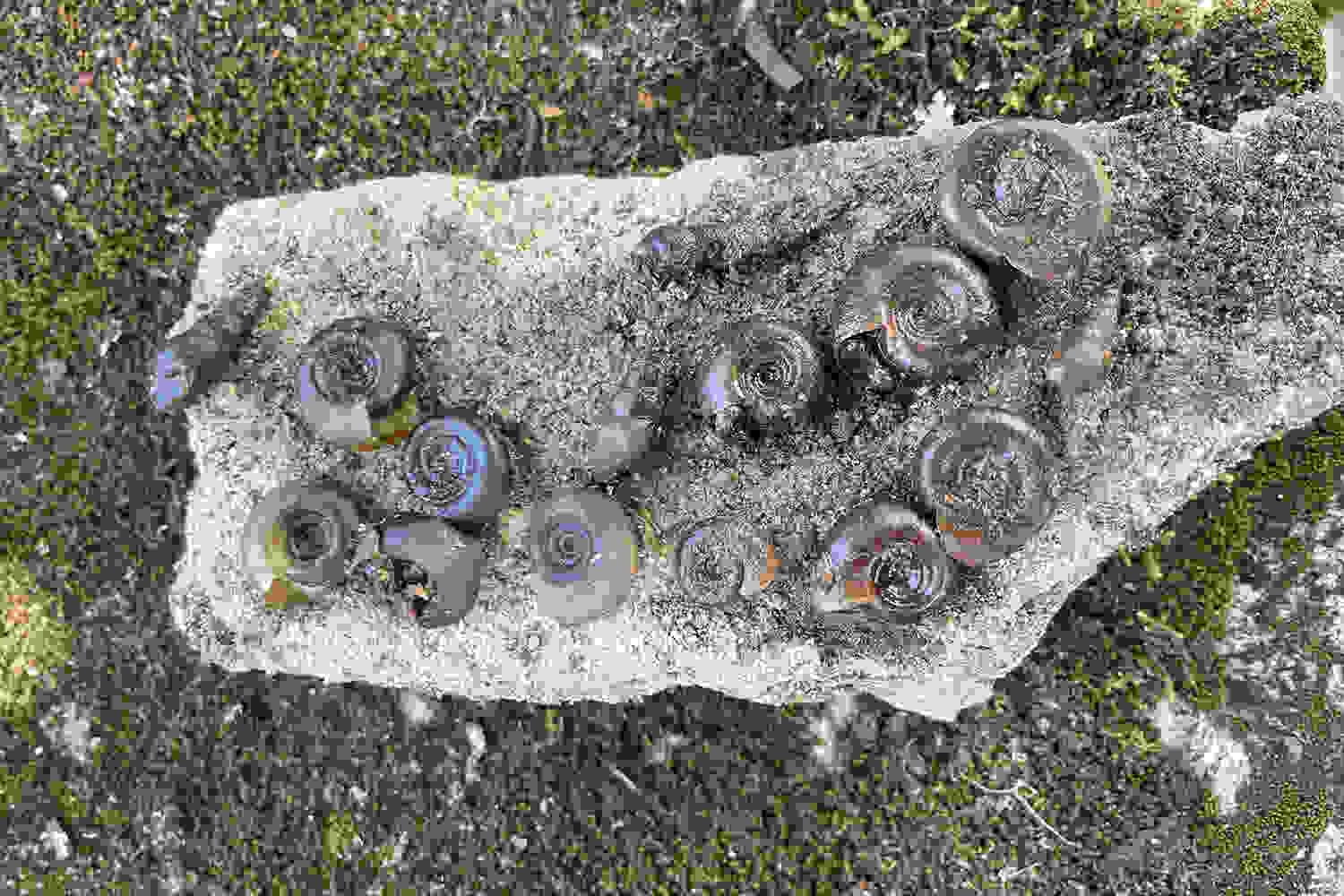THE LATEST
Stanford predicts the impact of climate on a severe disease

Investigators from Stanford and Brazil are collaborating to predict the impact of climate and environmental changes on the spread of schistosomiasis, a parasitic disease in Brazil. The disease is spread by freshwater snails and affects over 200 million people in tropical regions worldwide. Climate change, deforestation, urban sprawl, and changing rainfall patterns can shift the locations where the snails thrive, affecting the spread of the disease. Roseli Tuan, a senior researcher at the São Paulo Secretary of Health, underlined the need to understand these changes for the future control of schistosomiasis. To address these challenges, researchers are developing models to predict how the disease's risk will change in response to environmental changes. These models combine long-term snail surveillance records with satellite imagery to map the habitat for schistosomiasis-transmitting snails with unprecedented precision. Erin Mordecai, an associate professor of biology at Stanford, emphasized the significant nature of the collaboration and its critical role in updating paradigms about schistosomiasis in Brazil and prioritizing public health interventions considering environmental changes.
Due to the innovative approach of the research, scientists and policymakers will gain valuable insights into potential shifts in disease prevalence. This will allow them to plan and implement interventions to combat schistosomiasis proactively.
One significant outcome of this collaborative effort is the identification of high-risk areas, which can be used to direct control efforts and resource allocation more effectively. Pinpointing areas with increased risk enables public health officials and policymakers to strategize the distribution of resources and interventions, targeting locations with a heightened potential for disease transmission.
The interdisciplinary nature of this research, involving environmental science, epidemiology, and public health, reinforces the importance of taking a holistic approach to understanding and combating complex diseases like schistosomiasis. By delving into the interactions between environmental changes, disease dynamics, and human behaviors, the research sheds light on the intricate factors contributing to the disease's transmission.
The implications of this research extend beyond Brazil, with potential applicability to other regions grappling with the effects of climate change on infectious diseases. Leveraging data-driven models and forecasting tools, the research holds promise for informing proactive, targeted interventions that can mitigate the impact of environmental changes on disease transmission.
This groundbreaking collaboration between Stanford and Brazil sets a precedent for the synergy between international research institutions and underscores the potential of such partnerships in addressing global health challenges. Furthermore, the fusion of expertise from different fields serves as a testament to the power of interdisciplinary approaches in unraveling complex health issues.
The findings of this research have the potential to catalyze meaningful action in global health, paving the way for a more informed and proactive approach to tackling the intersection of climate change and infectious diseases. As the research continues to evolve, the insights gained from this collaborative effort stand to make a significant difference in the ongoing fight against schistosomiasis and other environmentally influenced diseases.
